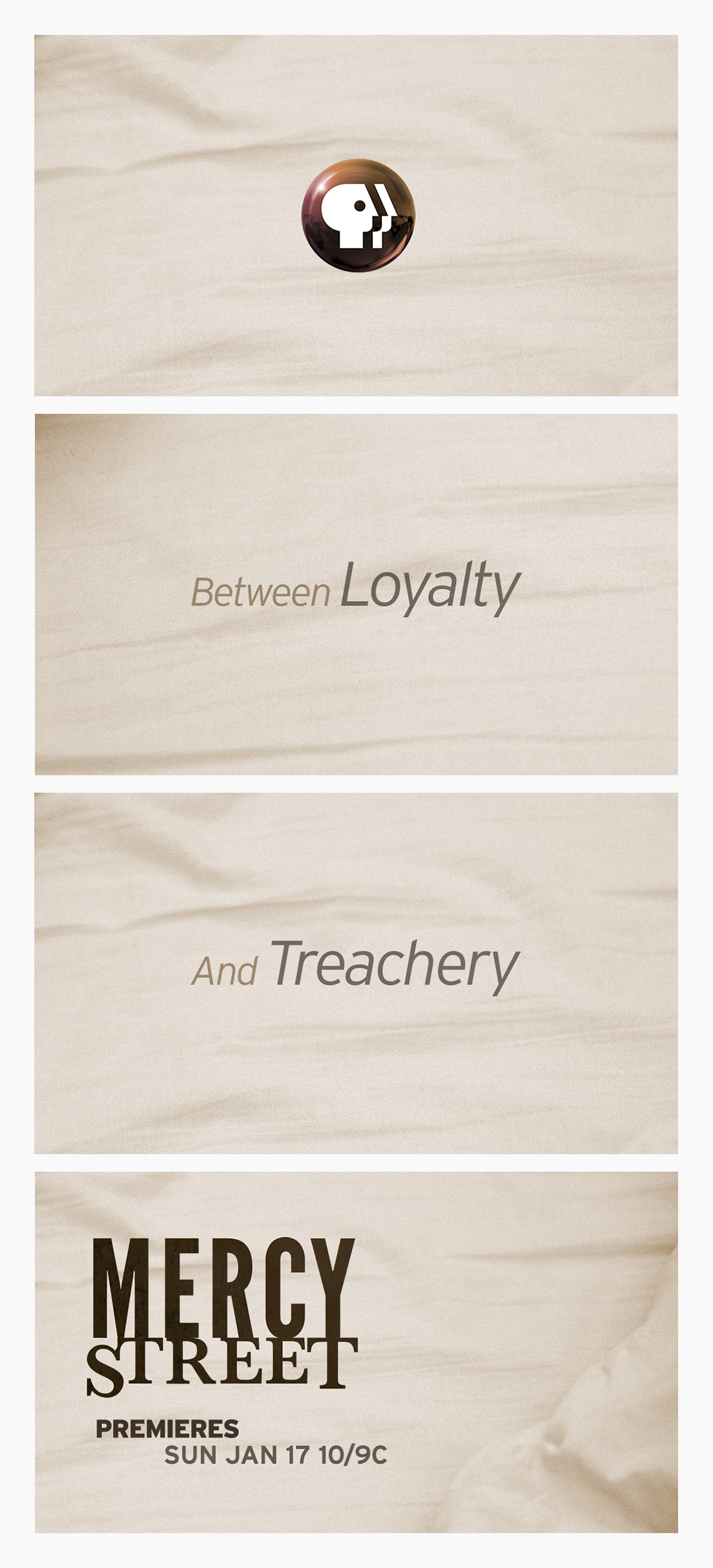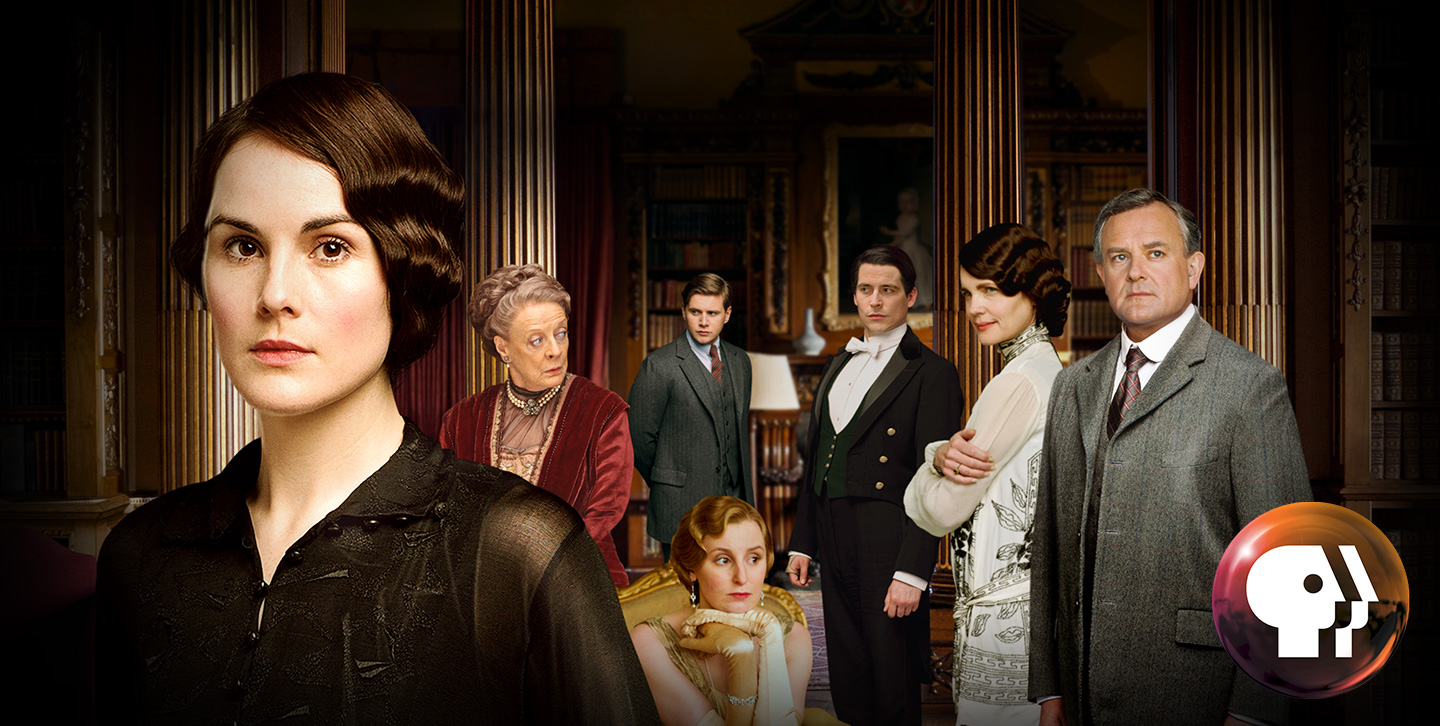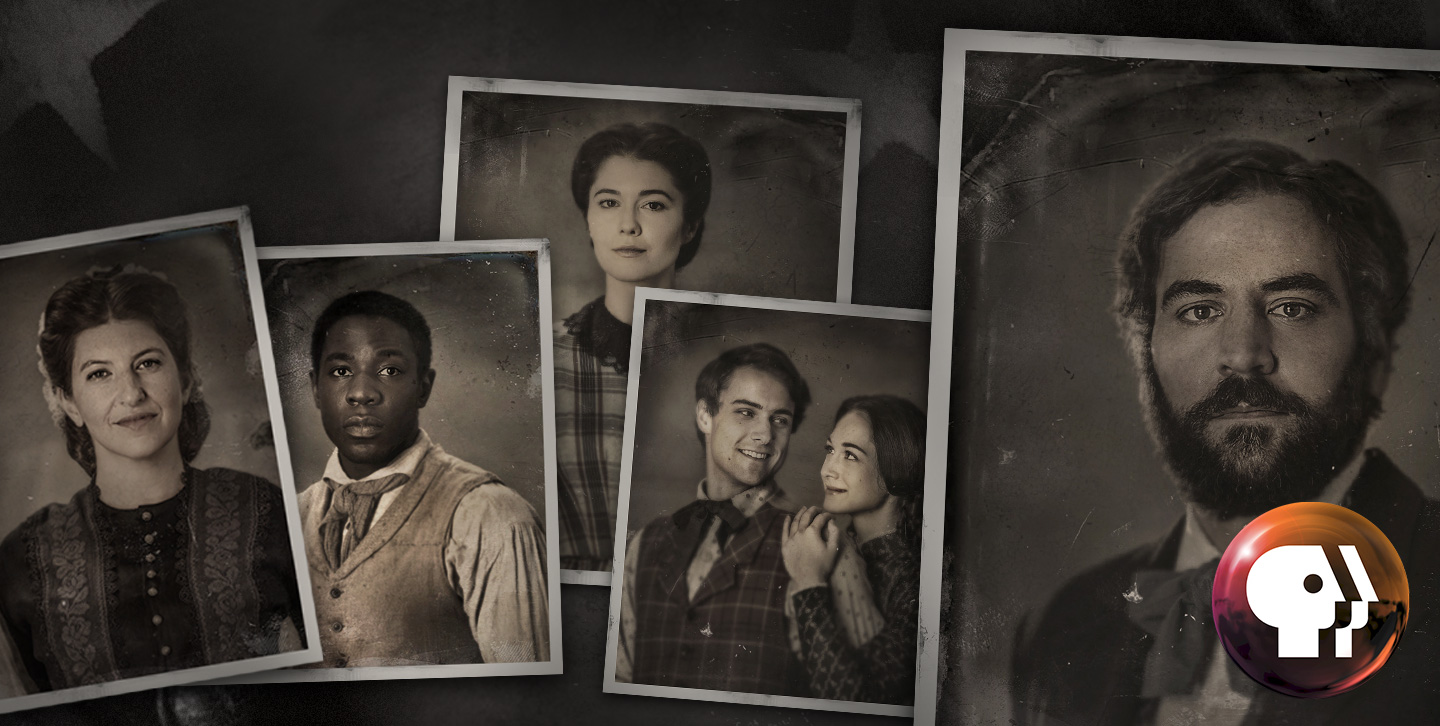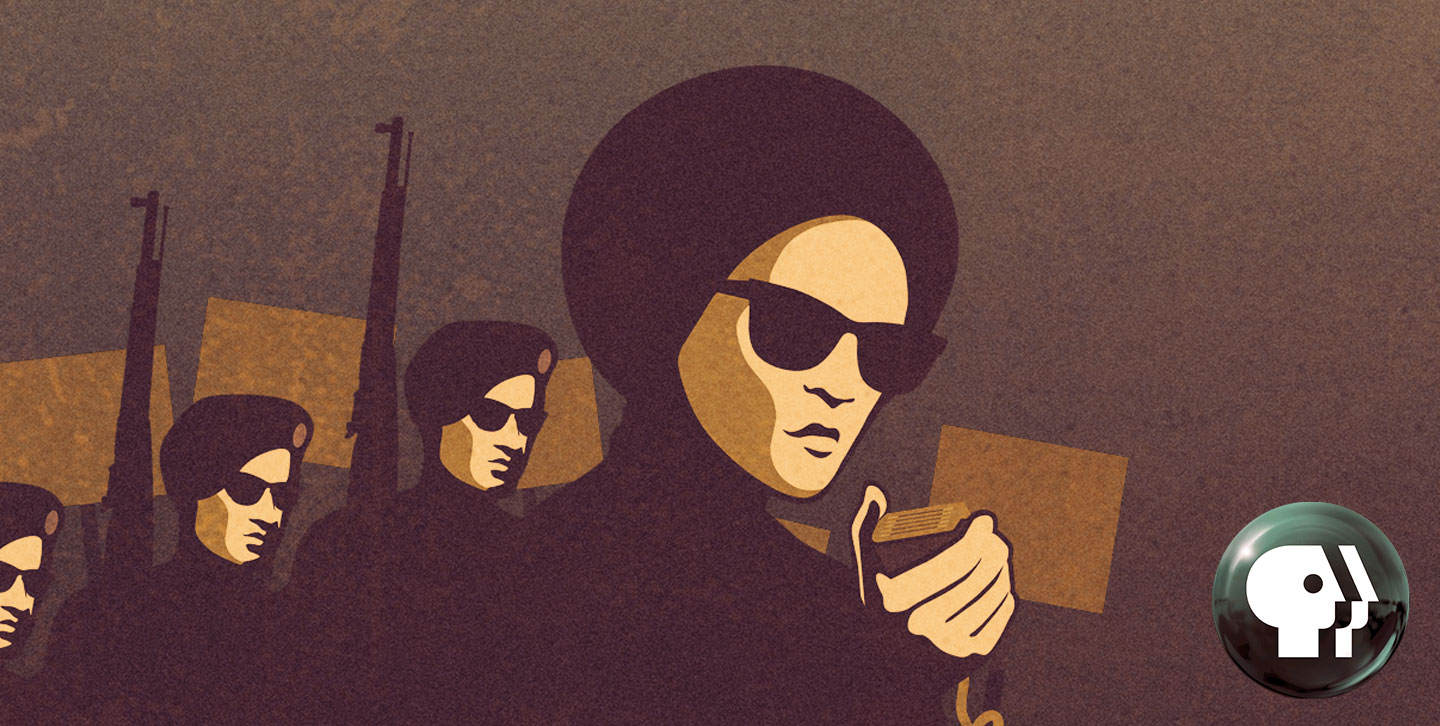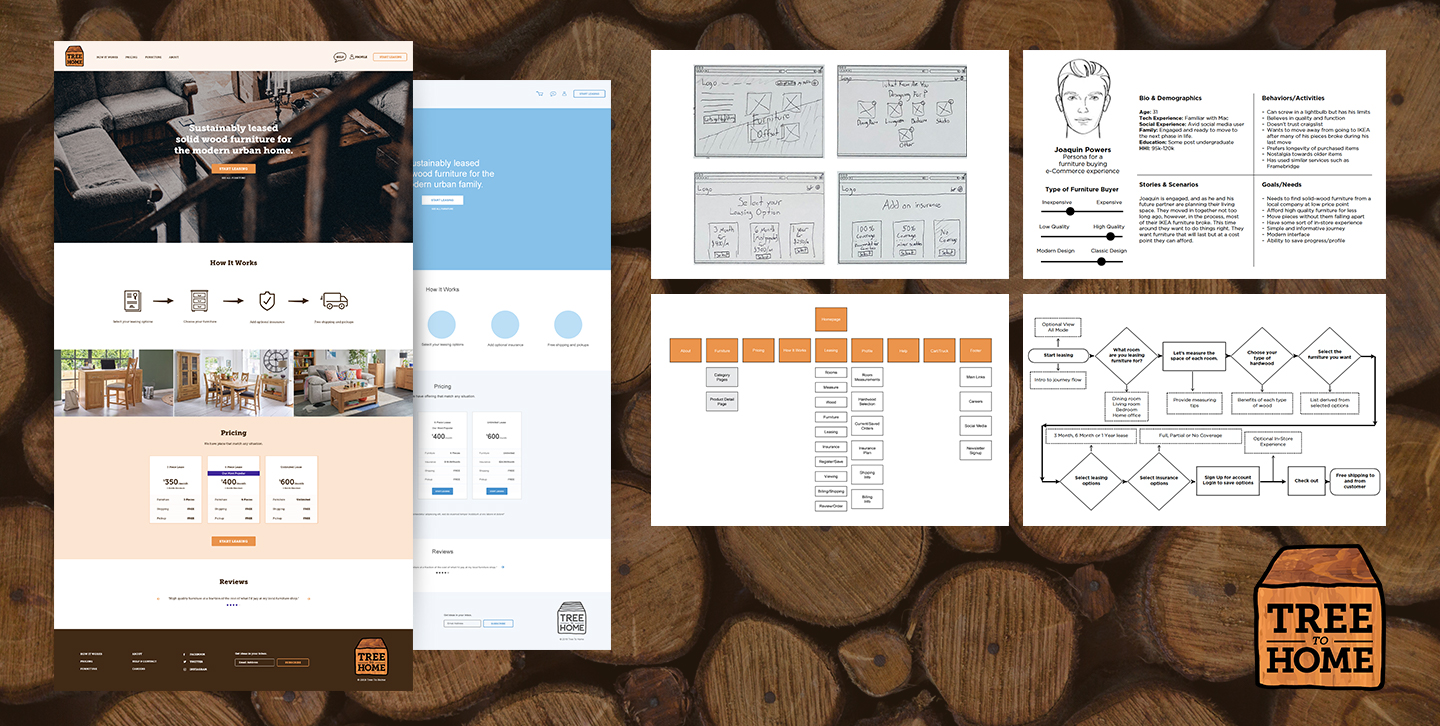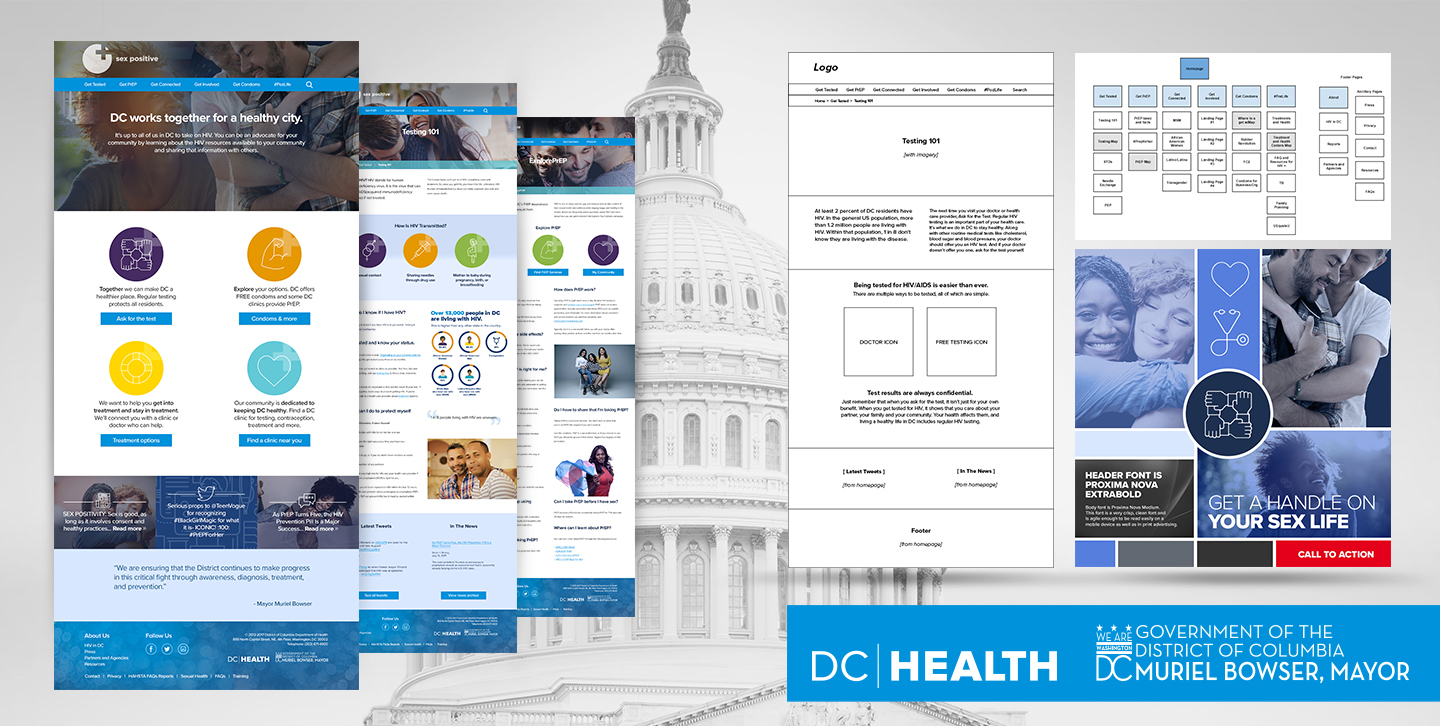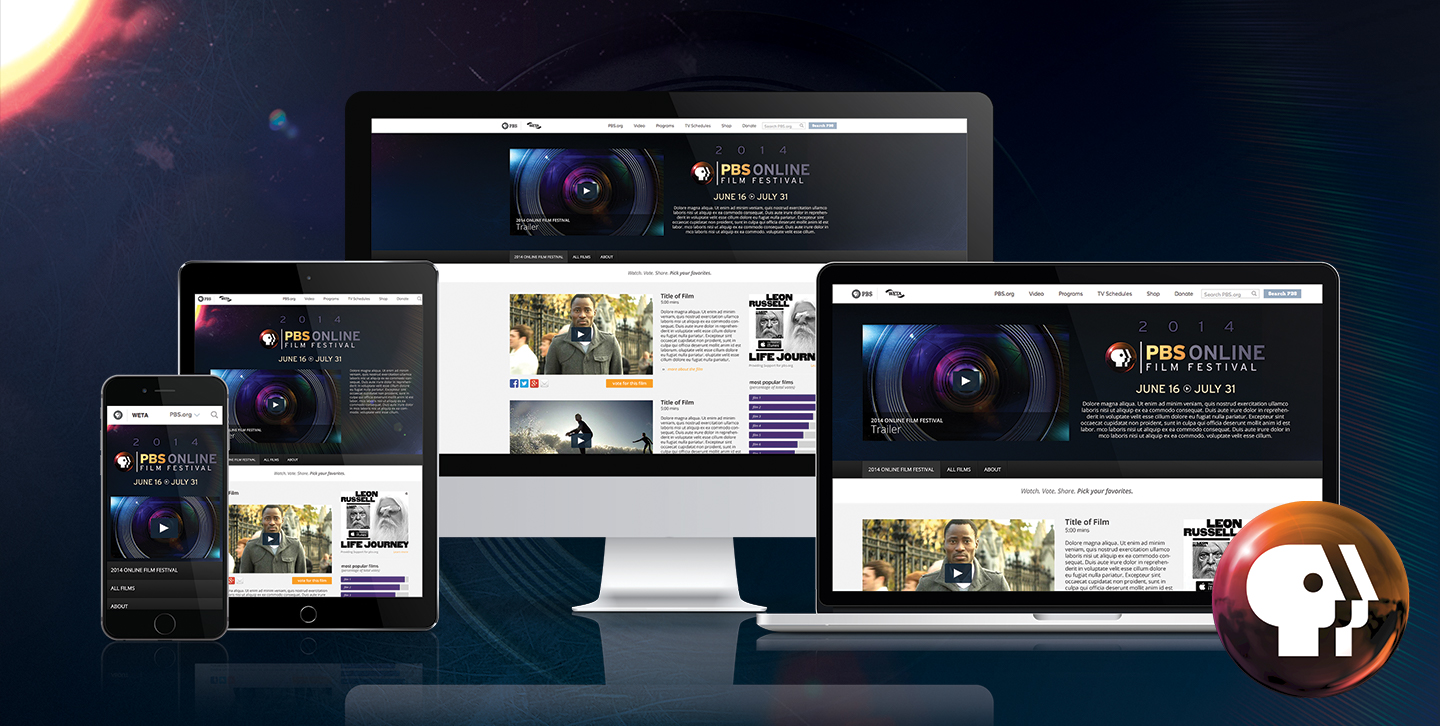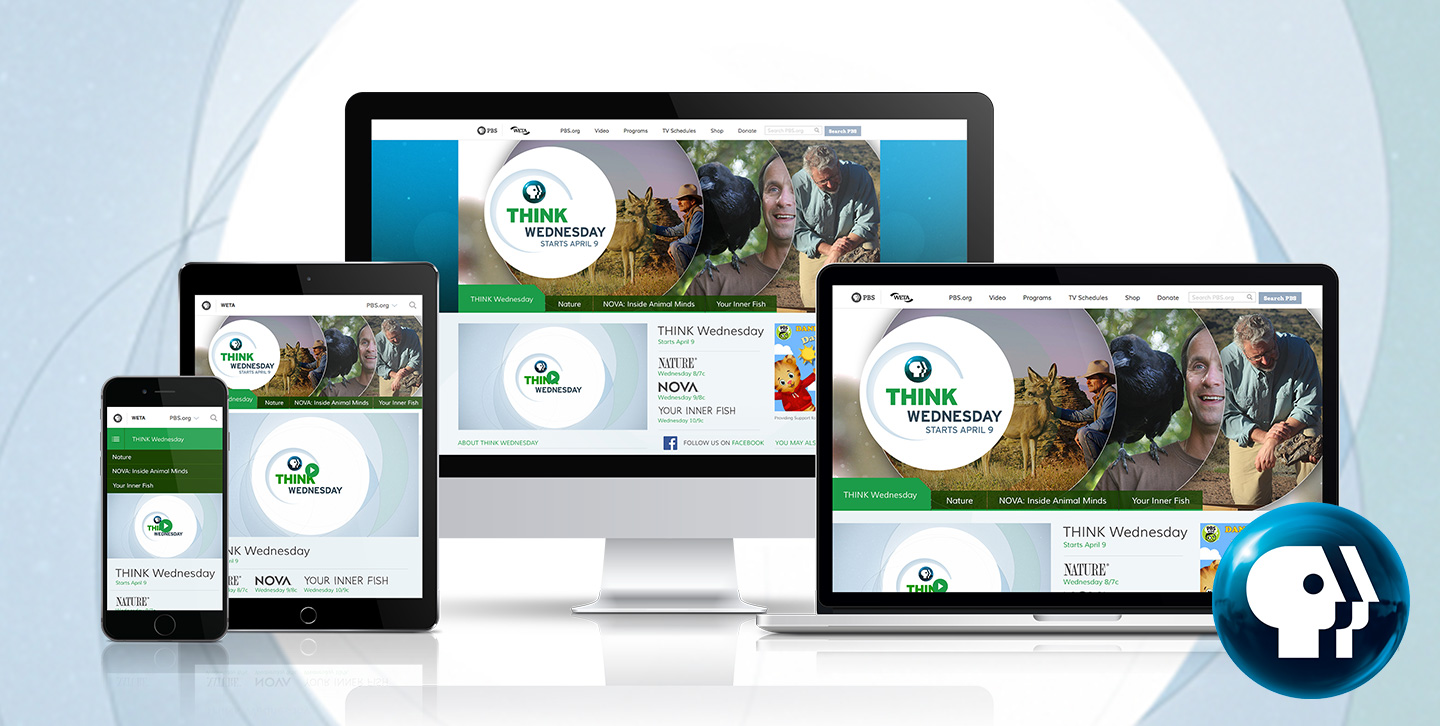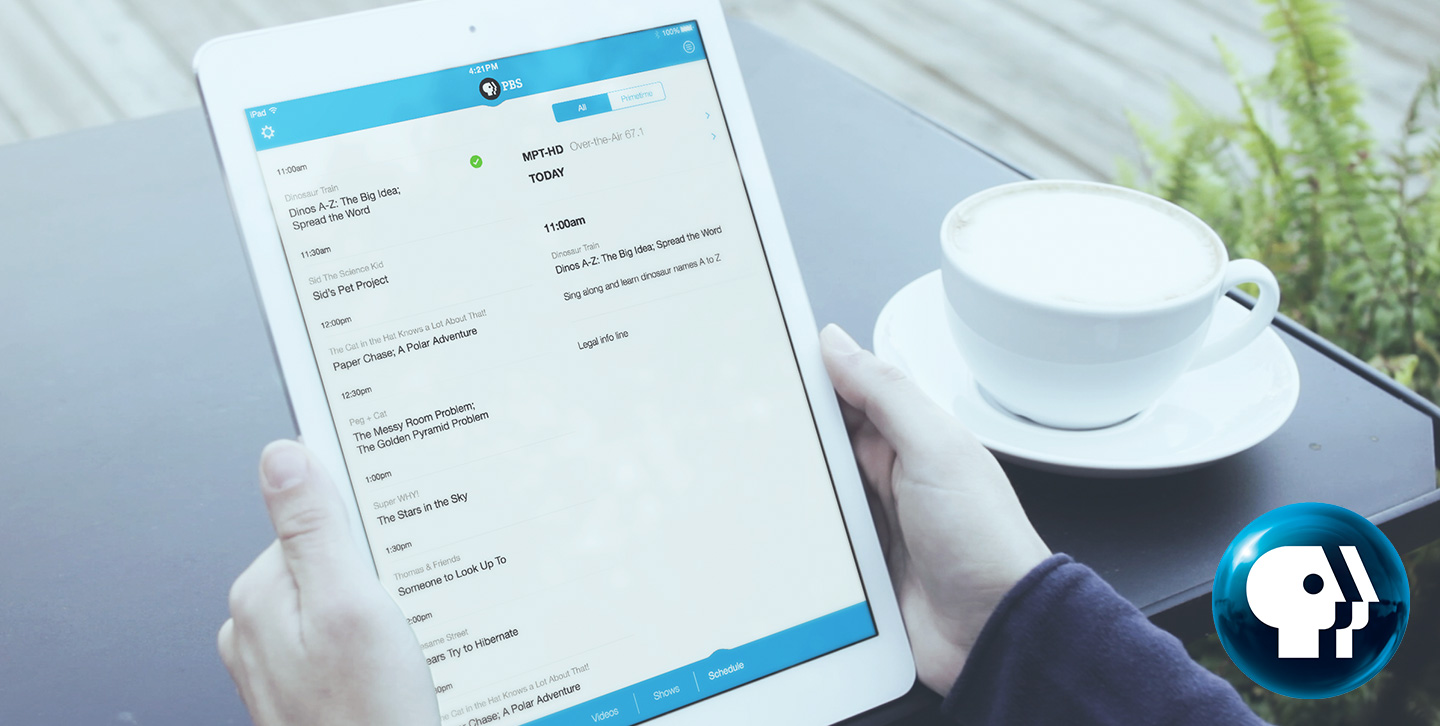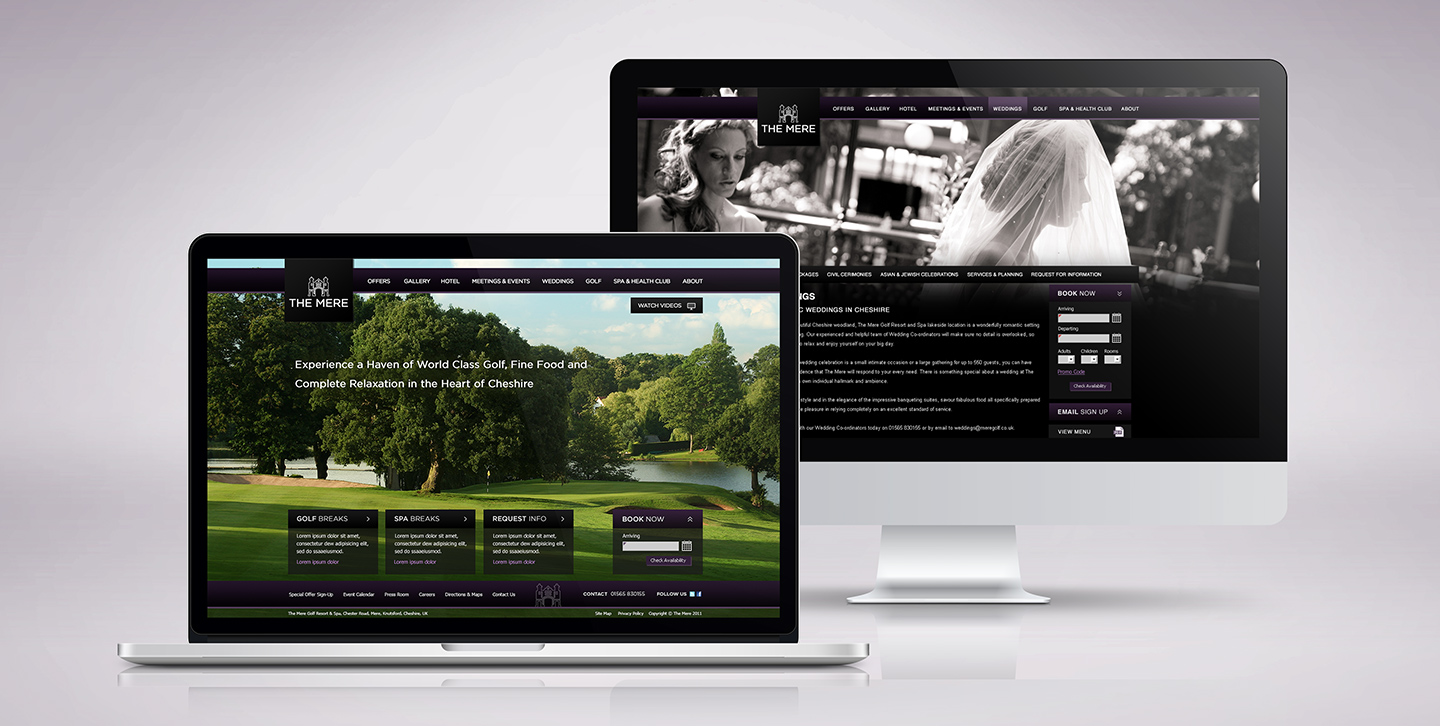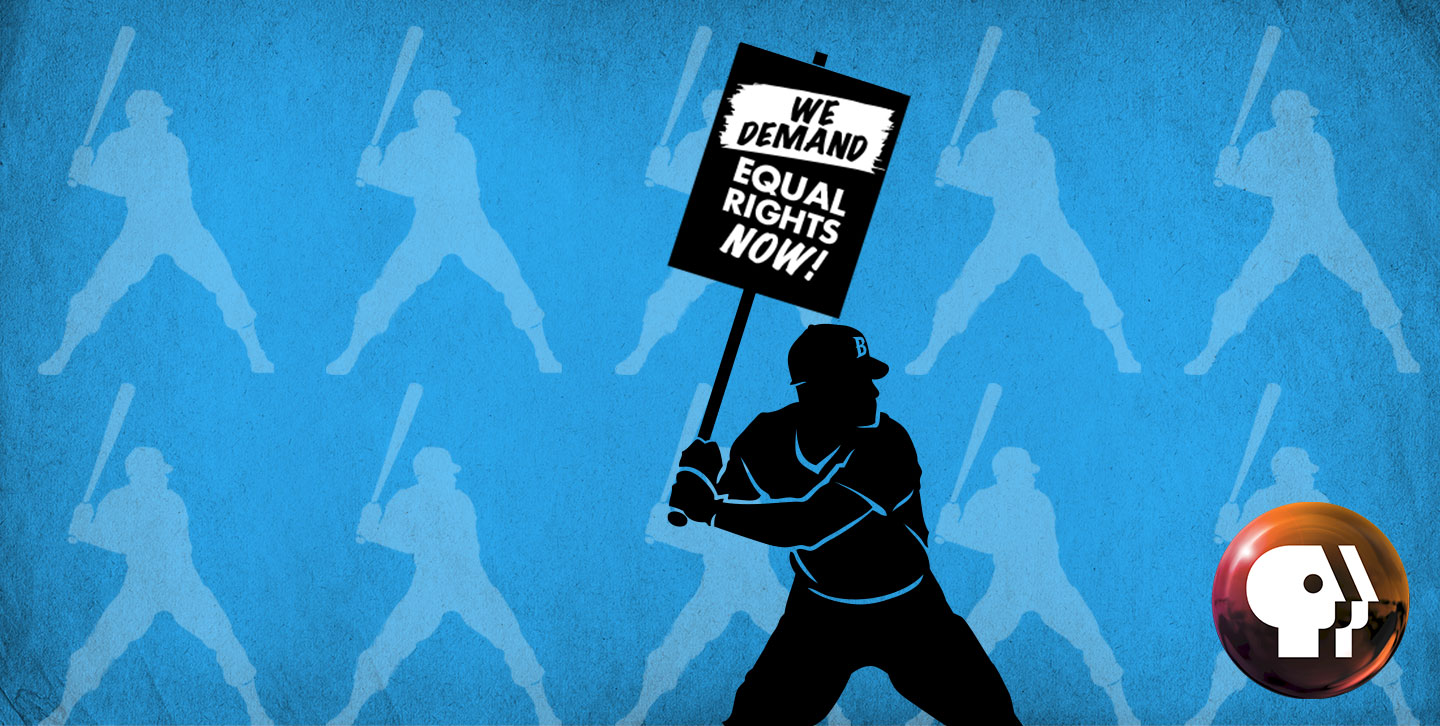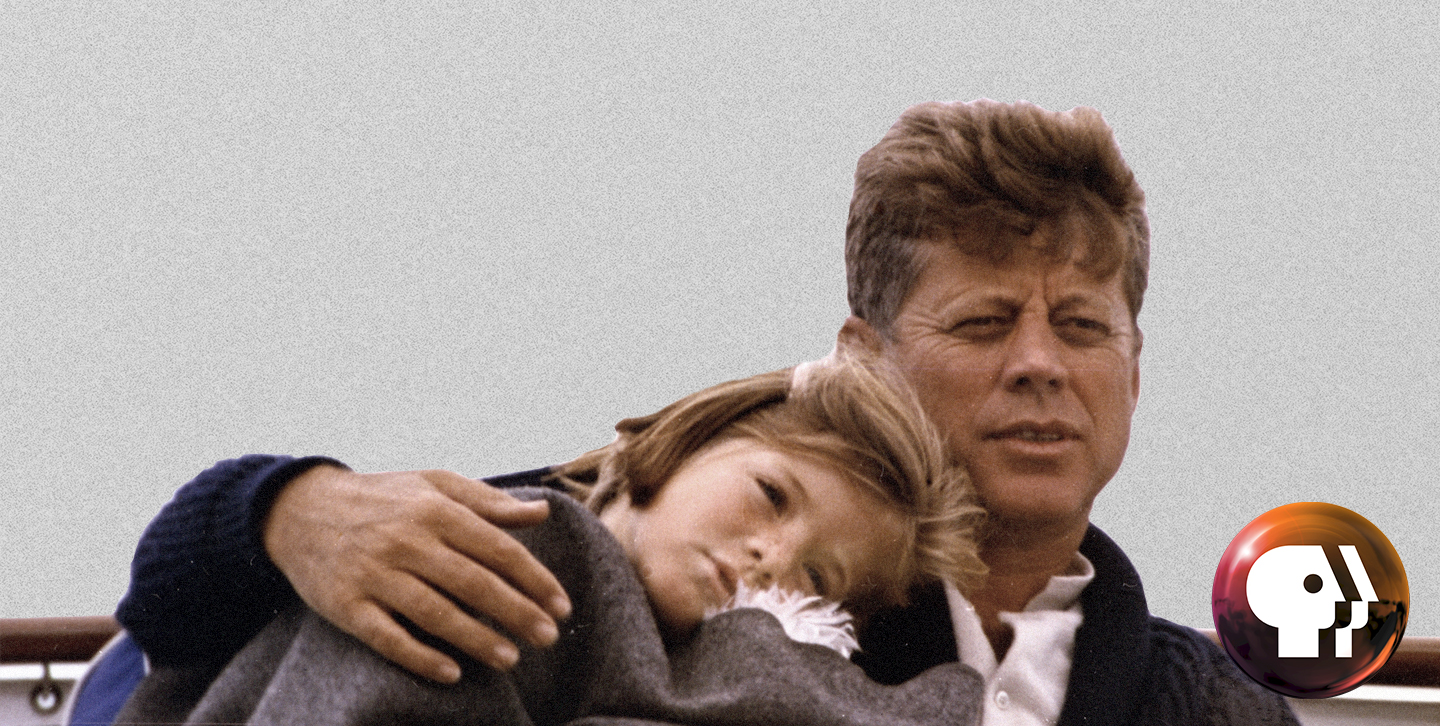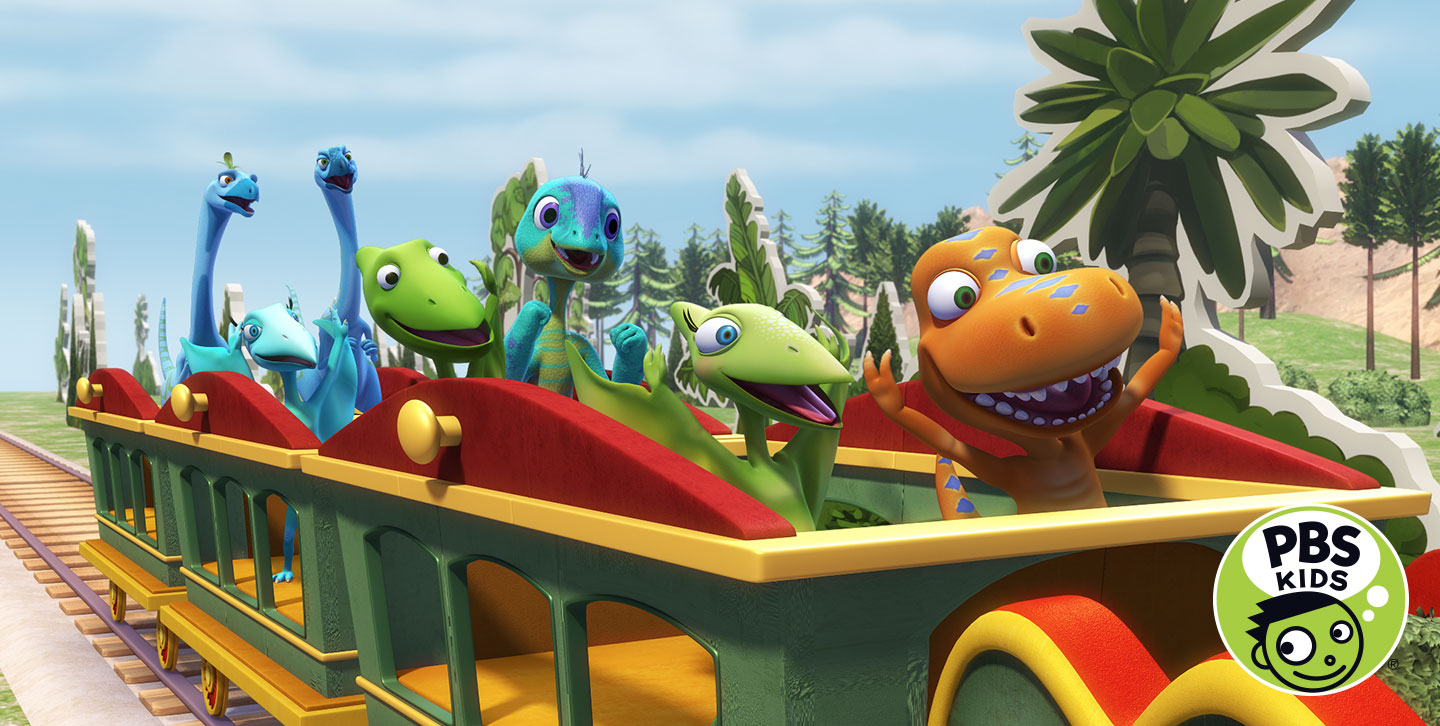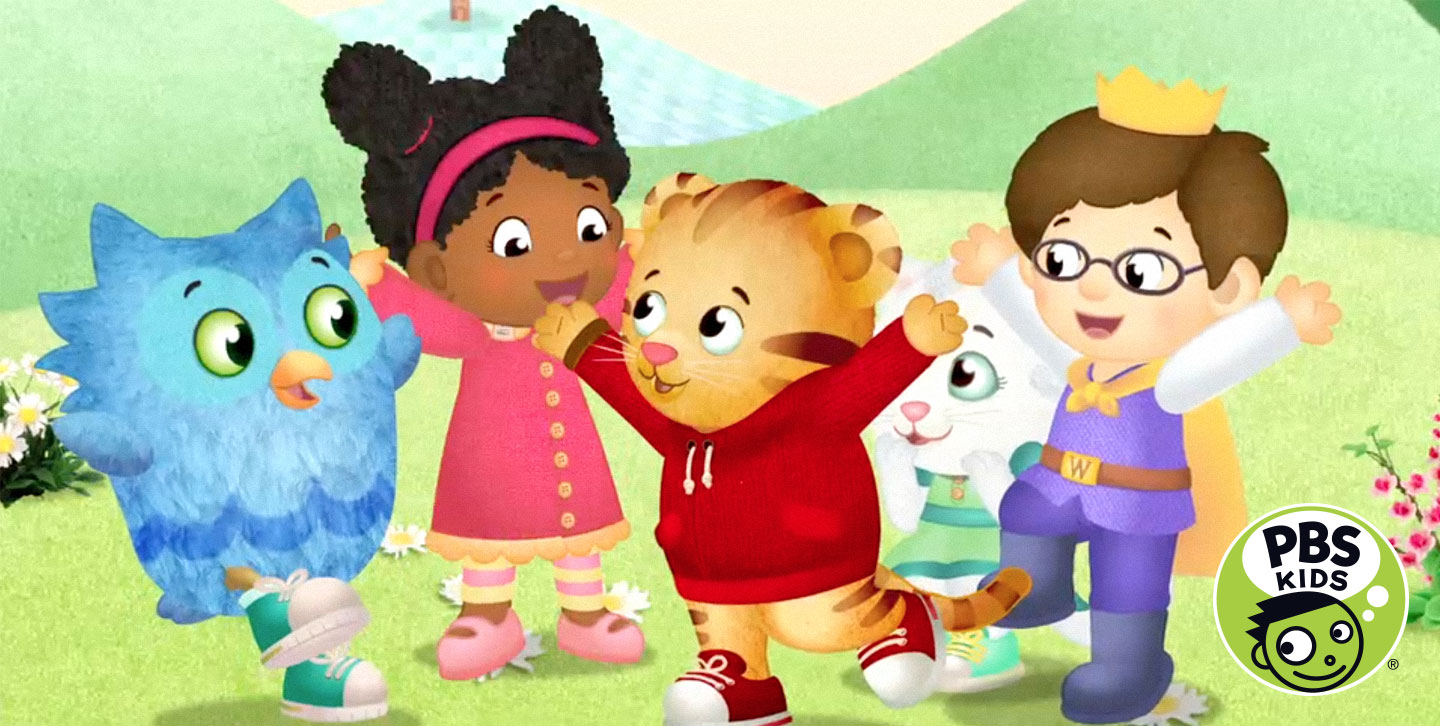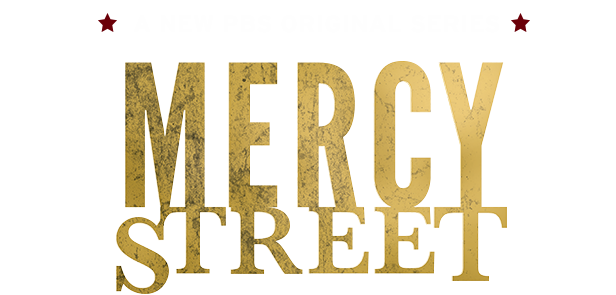
The American Civil War was the deadliest war we’ve endured as a nation. Hundreds of thousands lost their lives, not only in battle, but from disease and poor medical conditions. Mercy Street, a PBS original series produced by Ridley Scott, follows two volunteer nurses on opposite sides of the war as they tend to the sick, hurt and dying. The series takes the viewer into a world where medical drama and family saga collide, and where doctors and nurses struggle to save lives while facing their own trials and tribulations.
As an interactive creative strategist and producer, I wrote up and pitched the idea of creating a 3D interactive experience that would allow our viewers to explore the civil war through education and imagination, using the innovation of the digital realm.
As an interactive designer, I worked with creative director, David Wilder, to create broadcast storyboards and social media cinemagrams. The key art was done by senior designer Richard Tsai.
The Traditional Digital Marketing Experience
Traditional digital marketing for our TV series’ has relied on digital advertising, video units and social media to drive tune-in. This has proven to be effective, but there’s usually very little consumer engagement beyond watching a video or taking a quiz. While there is still a place for these traditional units, viewers are expecting more complex and immersive online experiences with brands that traditional digital marketing can’t deliver.
PBS is not known for creating TV series. We mostly distribute shows across our network. Mercy Street was our first original production in more than a decade. Thus, we were presented an opportunity to take risks and try new ways to reach and engage with new audiences.
Creating A New Digital Marketing Experience
We proposed using this unique PBS opportunity to create a digital experience that goes beyond the traditional digital advertising models. Creating a new digital experience would add value to the series campaign and to PBS by:
- - Attracting new audiences
- - Dimensionalizing the show, giving viewers a richer more immersive experience
- - Serving as a digital model for future series
- - Positioning PBS as an innovative media company
Promotion
Generally, we tend to work with show producers who are very hesitant to grant rights to cast members and sets, thus limiting our promotional campaigns. Having access to the cast of a PBS Original Series gave us the opportunity to develop content beyond the world of the television.
Since we believed the best time to use this experience would be during the show or right after watching an episode, we proposed using bugs, lower thirds, 15 second spots and social media to help spread the word about this innovative marketing experience.
The traditional digital advertising would push people to PBS.org, where there would be a link or ad pushing them to this experience as well.
Benefits
PBS is all about education. Its what truly distinguishes us from other media brands. One of the primary benefits of creating a digital experience is that it would allow us to embrace those educational philosophies across multiple platforms. This immersive digital marketing experience would transport our viewers into the world of Mercy Street.
Another benefit to using this platform is that digital marketing experiences like this allow us to gather a lot of metrics. Theses metrics can then be used to determine the true success of the show and the experience as a whole versus just relying on Nielsen ratings that tend not to measure every aspect of a show’s success.
Unfortunately, due to lack of funding, this vision never came to fruition.
Here are the ideas proposed for the interactive experience.
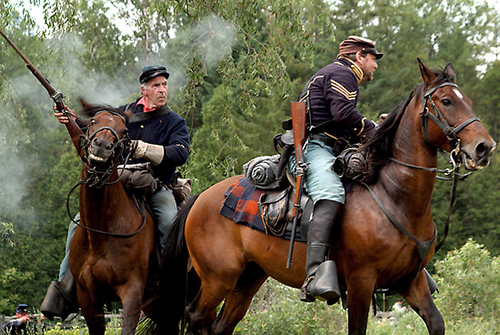

Concept 1: Revealing A Moment
Using elements from scripts from the series, we would pick one event that defines the series as a whole. Perhaps that’s a moment on a battlefield or a pivotal scene. The viewer would then explore the details of that event and identify particular backstories of characters and elements of that moment.
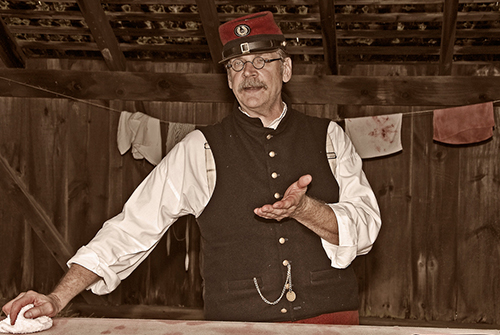

Concept 2: Become A Civil War Nurse
Learn what it takes to be a nurse during the Civil War through medical-related puzzles.
One of those puzzles could be choosing the proper instruments for a particular operation. Each resulting action would bring up an explanation of what performing that action would do and would lead the user down a different storyline.
Imagine being able to explore different Civil War remedies by helping the doctors out in the hospital ward.
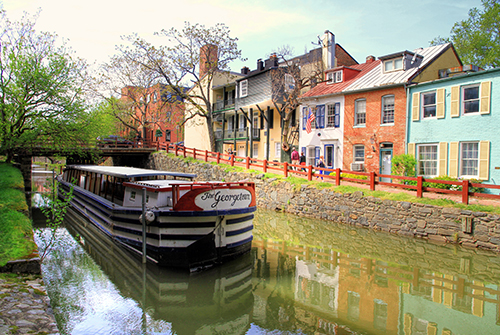

Concept 3: Explore the Neighborhood
A viewer would have the opportunity to explore the various communities around the Mercy Street neighborhood. This could include taverns, homes, shops or even the hospital ward.
We would also incorporate clips from the show as people go from one location to another.
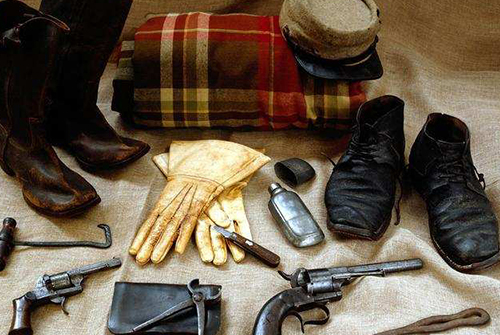

Concept 4: The Story of a Fictional Character
Live the life of a fictional character of the times. This could be a freed slave, a soldier or even a politician. The viewer would then learn all about the character, what they owned and how they lived day-by-day.
I also had the opportunity to design broadcast storyboards for on-air gfx to be considered for the promo.
Here is the first round of storyboards.




Here is the second round of storyboards.


